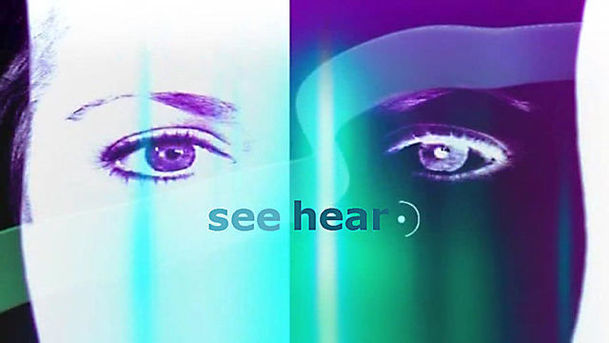See Hear - Series 28 - Episode 16

One year ago, See Hear started a special project to follow four children from different backgrounds as they started in different schools. When we met them, they were only four years old. After a year at school, we're back to see how they're getting on. What's changed for them? Which language have they mastered? Do they already have a deaf identity? All those questions and more are tackled with the assistance of our new expert Ros Herman, who has spent her career studying deaf children's development and language. She'll be commenting on different aspects of each of our four children's personal development. Who are our four children? Here's a quick reminder: LUCY Lucy has a deaf family and British Sign Language is her first language. She attends Heathlands school where she is taught both spoken and written English as well as being taught through sign language. Over the year she's had contact with both signing and speaking deaf children. So how has Lucy adapted to her new environment and tackled spoken English? YASIN Yasin had a cochlear implant at 18 months old. He is mono-lingual and speaks English with his family. He attends Gilbertstone Primary School, a mainstream school, in which he is the first ever deaf pupil. He has one to one support from a teacher of the deaf as well as being taught in class with the other hearing children. We find out how he's been getting on and whether, after a hear mixing with hearing children, he has a deaf or a mainstream hearing identity. AIDAN Aidan has a hearing family who sign to level 2. A year ago, he started at a bi-lingual school. One year later his signing has surpassed his English. As a result he's changing school to go to Laycock primary; a mainstream school with a deaf oral unit. We find out whether he's enjoying the change. AMIE Amie has a hearing family who have signed with total communication from day one. She's spent the last year at Mead Infant School, an inclusive mainstream school with a resource base where deaf as well as hearing children can go for extra support. She also has a support teacher in the class with her. Last year she was primarily a sign-language user. After a year being taught orally, which language does she now prefer?